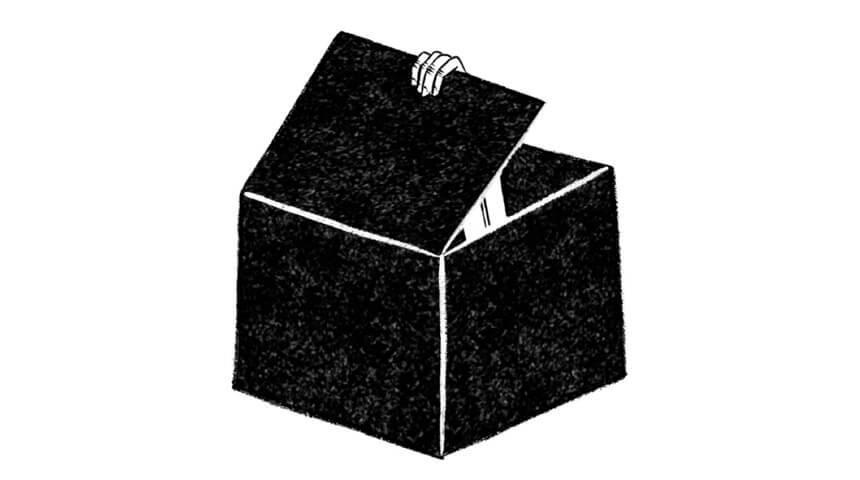In May, Carnegie Library of Pittsburgh will host The Glass Room, an interactive exhibit examining the ramifications of always-on, always-connected technology on personal privacy. As a lead up to this process, the Library is offering an abridged version of Data Detox, an 8-week series devoted to regaining control over your digital footprint. This is the seventh post in that series.

Over the last six posts, we’ve looked at a variety of ways technology facilitates data collection. Today, we’re going to provide some broad strategies for reclaiming control over your digital footprint. As always, these are all personal decisions, and you should make the choices that make you most comfortable.
We sort these into four different categories: Cleanse, Obscure, Organize, Lock Down.
Cleanse: In many cases, the best way to protect personal data from being harvested is to prevent it from being created in the first place. By reducing eliminating data collection options, you can help define the data footprint that works best for you.
- Delete apps you no longer use.
- Delete your browser history – and make a plan to delete anything older than a specific interval (a day, week, or month).
- Turn off location settings on your phone.
- Remove personal identifiers such as hometown or school affiliations from your Facebook profile.
- On Twitter, unselect the option to allow users to find you by email address or phone number.
- Remove location information from your tweet history – or delete tweets that have aged past a certain date.
Obscure: Sometimes you have to generate data in order to access certain services or features. In this case, you can help “hide in plain sight” by generating additional noise within your data footprint.
- Change your timezone on Twitter.
- Install Adnauseum – a browser plugin that clicks multiple ads on a web page to help generate noise.
- Install TrackMeNot – a browser plugin that helps to obfuscate browsing data by surrounding your user history with noise.
- Change up your routine – leave your phone behind when you run certain errands or perform other tasks.
- Like random items on Facebook to mix up your user history.
- Use a VPN when you log in to your accounts.
- Trade loyalty cards with a friend for a brief period of time.
Organize: Use multiple accounts and online personas to separate your interests into different “compartments.”
- Use different browsers for different online activities, such as Chrome for Google-related activity, Firefox for search and general browsing, Tor for highly private tasks, and so on.
- Adjust app permissions to prevent them from accessing content on your phone, such as your contact list.
- Use a different search engine, such as DuckDuckGo or Disconnect.
- Break up your chat applications (Facebook, Google Hangouts, WhatsApp, Skype) for different social groups.
Lock Down: Create stronger barriers to restrict access and visibility from prying eyes.
- Create an ultra-strong password for everything – including your phone!
- Install a good password manager, such as KeePassX.
- Back up important photos and documents to an external drive, instead of a cloud file.
Think about your personal comfort/convenience threshold as you consider each of these options. What mix works best for you? How might you keep things locked down on an ongoing basis?

